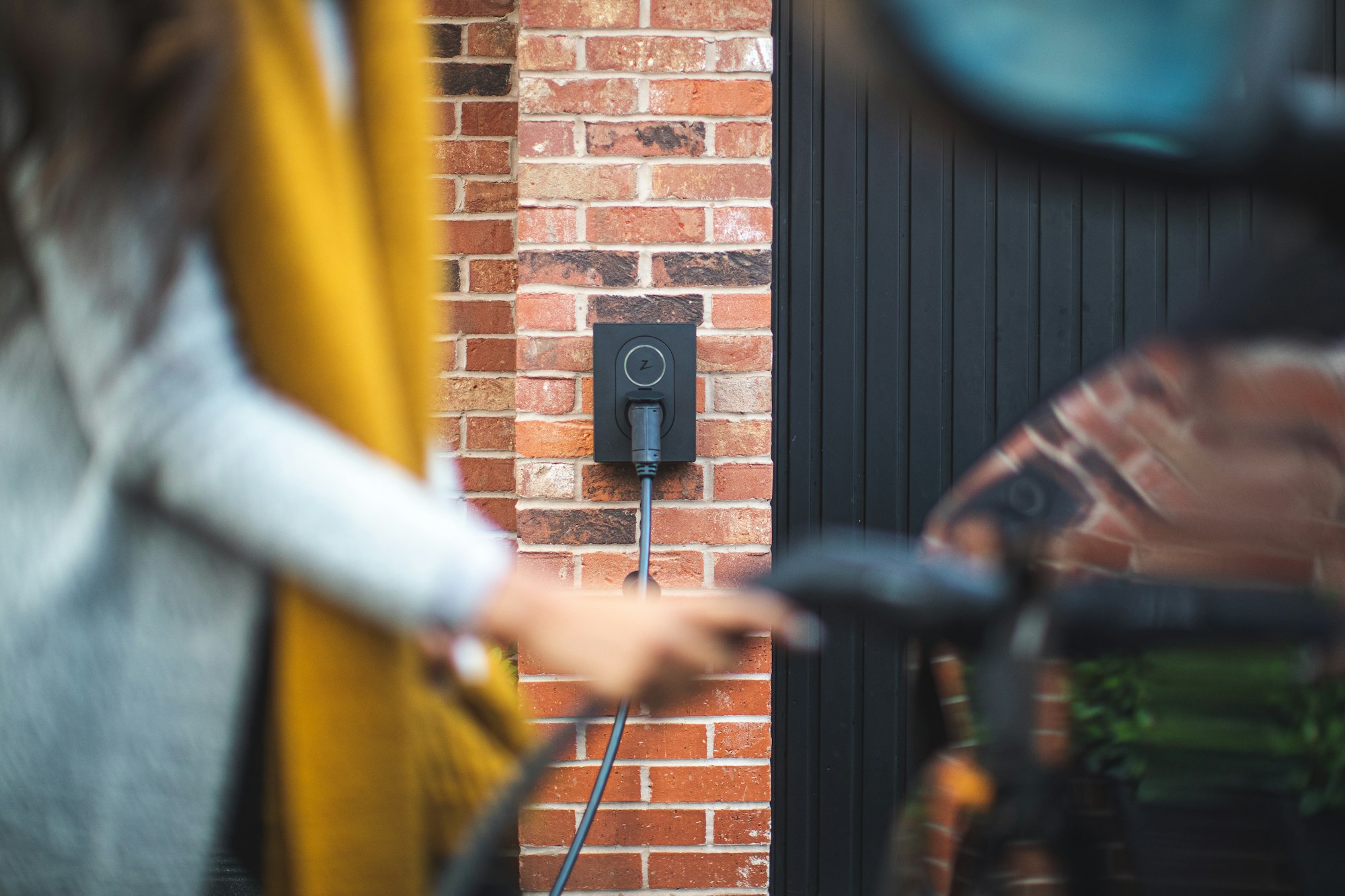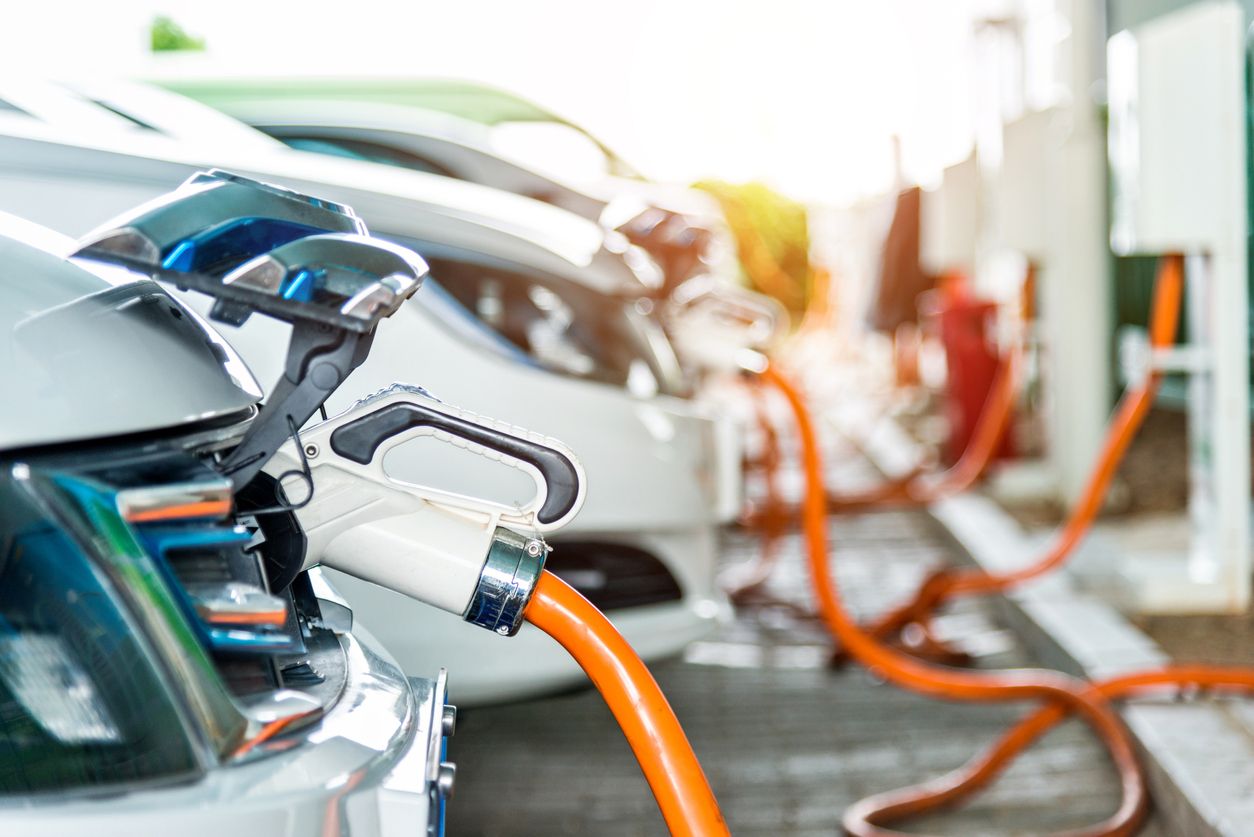How EVs could disrupt the car category hierarchy

Hi, happy 2023!
A funny thing happened over the holidays: I discovered that electric cars remind me of vodka. Several years ago I did some work testing campaigns for the vodka brand Smirnoff. In talking to vodka drinkers, we discovered the category was essentially a vertical stack, with well brands on the bottom, premium brands making up a thick middle, and a top tier of mostly new entrant luxury brands. Smirnoff, Absolut and Stoli were somewhere at the top of the bottom tier, or floating in the middle, depending on the market and the drinker. Meanwhile, newer brands were slotting in mostly towards the top layer – brands like: Grey Goose, Ketel One, Belvedere, Chopin, Beluga, Ciroc.

The funny thing was, the center of the vertical stack was a kind of sponge – it would simply absorb new brands into the layer, like Tito’s, Skyy and Svedka; but the top of the stack had a compression effect.
Each new “luxury” brand added downward pressure to previously more premium brands, wringing some of the middle out into the bottom tier, or pushing some of the luxury brands into the absorbent middle.
What Smirnoff wanted to do was subtly reshuffle the deck, elevating theirs from a brand you call when you aren’t trying to impress anybody but you still want a good quality vodka, to something you’d be happy to have with table service in the club.
What’s that got to do with EVs? Well, I’m getting a lot of ads and promoted posts for electric cars right now. A new tax year has begun, and with it, new tax credits to supposedly incentivize consumer demand for more sustainable technologies, like electric vehicles. A lot remains in flux: We’re still not totally sure which cars will qualify for the $7,500 federal tax credit; Tesla stock is tanking both because of Musk’s self-inflicted brand wounds and lackluster sales; dozens of new EV models and brands are being announced for 2023 and beyond.
Which made me wonder – will the introduction of new EV models reshuffle the deck of car brands more generally? Or will auto makers slot their EVs into the existing stacked brand hierarchy?

When a category gets redefined, there is a moment in which everything seems possible – any competitor could become the luxury or premium play in the category, and of course any competitor could become the bargain play, as both brands and consumers come to a new consensus about what constitutes luxury or premium-ness, what feels like good value for money, and what is simply good enough for the (low) price.
Up to this point, of course, Tesla has been the main character of the electric vehicle universe. Like the iPhone introducing the concept of apps to smartphones, it wasn’t the first device of its kind on the market, but it was the first to understand that design of both the hardware and its software would redefine the entire category – and would be the competitive advantage of the Tesla over any other stragglers from earlier waves of EV launches (like the 1997 GM EV1 and the “compliance car” Toyota RAV4 EV from the early ‘00s), and probably over any reboots from the legacy car makers.
But things have changed. Thanks to Tesla Motors (and American tax and industrial policy), electric cars are now a full category – there are more brands to consider, with more features to choose from, at more price points to compare, in more form factors to drive. Consumers now, truly, have choices when it comes to EVs – and they don’t have to rely on a single manufacturer with a history of software recalls (paywall) and a reputation for poor fit and finish in the fabrication of the car. Even though the category is defined by Tesla’s terms, the hierarchy of brands within the category is still being established.
When it comes to something as complicated as automobile manufacturing combined with software design and engineering, Tesla’s first mover advantage may turn out not to be any advantage at all. Manufacturers like Ford, Chevrolet, GM, Nissan, Jeep, Chrysler, Cadillac, BMW, Audi/Volkswagen, and Volvo (all with cars on the confirmed tax credit list) are proven car manufacturers – they know how to design, build, and distribute cars at scale. They have dealer networks, supply chain partners, and deep knowledge of car buyers. Many of them produced electric cars after the early 90s version of the California Zero Emissions requirement, so they do know how to make an EV. The thing they have to get good at is software design and engineering to try to clear the bar set by Tesla – which to be sure is not easy.
With every Marques Brownlee EV review video I’ve watched it gets clearer and clearer: more than anything else in EVs, the luxury cues come from the software, not the hardware. And so far, this turns out to be a much greater challenge for traditional luxury car brands than for lower-priced brands – luxury brands have a much longer tradition around luxury cues, which come from two points in the car experience: the way the car looks on the outside, and the way the car feels on the inside, so they place their emphasis there, but seem to fall short on the software and user experience elements that are integral to EVs.
For example, take a look at the Mercedes EQS SUV
- The Exterior: in Brownlee’s words, it looks like an egg. The grille resembles a Louis Vuitton handbag - the hood ornament rests on a repeating Mercedes logo pattern. And that pretty much ends the exterior luxury signaling, until you turn on the car and it puts on a little light show song-and-dance for you, which reminds me of modern washers and dryers singing a little song of victory to tell you they’ve finished a cycle.
- The Interior: When you get inside the car, all the traditional elements of a premium brand are there: the car is well insulated, so it’s quiet; the seats and interior trim are made from premium materials; there are padded microfiber headrests on the back seats.
- The Software: The software is a chaotic mess. As Brownlee puts it, the software has a lot of capabilities, but isn’t really intuitive. The touchscreen center console display requires multiple nested menus, and includes features that are definitely in the “nice to have, I guess” category. The interface isn’t as smooth as you’d expect, and a lot of features would be better served as buttons in the center console or on the steering wheel.
- The User Experience: The software design forces the driver to look at a screen when they should be looking at the road. Some of the EV bells and whistles feel frivolous, like the light shows and sound design. And some of the features - like power regeneration - make a driver feel like they’re not in control of the vehicle (which the hood only a dealer can open really drives home, as it were).
Now look at his review of the Chevy Bolt EUV
- The Exterior: This car’s styling feels more premium and sporty than you might typically associate with a $30,000 Chevy, and comes with some options that dial that up. Whether you like it or not, it’s not an egg.
- The Interior: While the interior isn’t as quiet, and the materials are not premium, Brownlee points out that this car, at around $30,000, has just about everything the Tesla Model S has, and has some features most drivers consider to be splurges, like heated seats throughout the car, fully electric controls on the seats and windows, and a full motorized sunroof with adjustable shades.
- The Software: What makes it stand out is the software: it just works, includes some self driving features, and has out of the box energy monitoring features that apparently were only recently installed on the Tesla Model S Plaid.
- The User Experience: Rather than putting all the features in the touchscreen, Chevy opted to make a lot of features accessible via normal buttons and switches. While all those buttons aren’t designed equally well, they do allow the driver to focus on the road, and rely on muscle-memory to control climate and volume, among other things. It’s probably a lot more intuitive and potentially much safer than engaging with nested touch screen menus on a freeway, and in general just seems more thoughtful and oriented around the driver’s experience.
Reviews of EVs like the Chevy Bolt EUV or the Hyundai IONIQ 5, gave me the impression there is no true low end of the EV market. They’re all a bit premium, and the brands you don’t think of as luxury are incorporating more luxury cues into their vehicles through styling and especially through the software. You don’t have to be embarrassed to drive around in your Bolt EUV or IONIQ 5. They’re good cars with nice features. After a while you’ll notice that the fabric and vinyl and plastic aren’t holding up as well as leather and alcantara, but who cares: you paid $30,000 for a pretty nice car with all the features of a Tesla Model S.
And just as brands like, say, Beluga may have edged out Grey Goose, a brand like Cadillac with its Lyriq EV, coming in at the same price as a Tesla Model Y and doing everything that car does from a features and software standpoint, while doing fit and finish much better, could knock Tesla into Absolut position.
The luxury experience is shaping up to be different in EVs, and materials, insulation and suspension will become table stakes for both the mid-tier and the high end, while the software experience becomes, more and more,
the differentiator.
That probably comes as no real surprise, but the thing about software is that it can live in any car, regardless of fit and finish. Which means “economy” cars may not feel “cheap” anymore, and car brands may need to rethink how they communicate the experience to consumers.
True luxury brands need to think about much more than leather and stitching to maintain their luxuriousness. At the moment, it seems like their answer is a showy frivolity and tone-deaf features: light shows and sound design, a projector in the hood ornament, massive rear seat entertainment systems, locked hoods that probably violate Right to Repair laws, and heated seat subscriptions that make people angry.
I’ll write about this more in a subsequent edition, but it seems like there are two brands in particular who face serious brand challenges at the moment: Tesla and Toyota, two erstwhile innovators that will have to tell new stories to earn the interest and desire of drivers.

